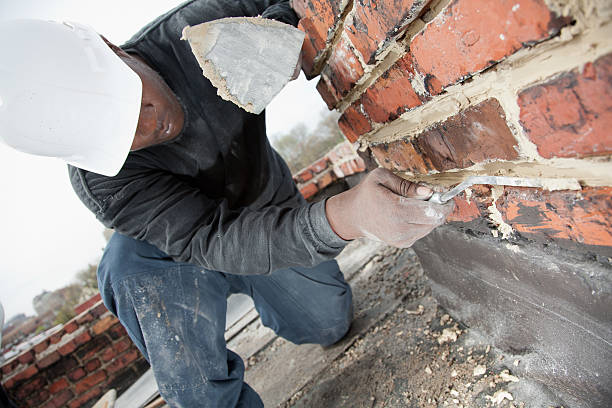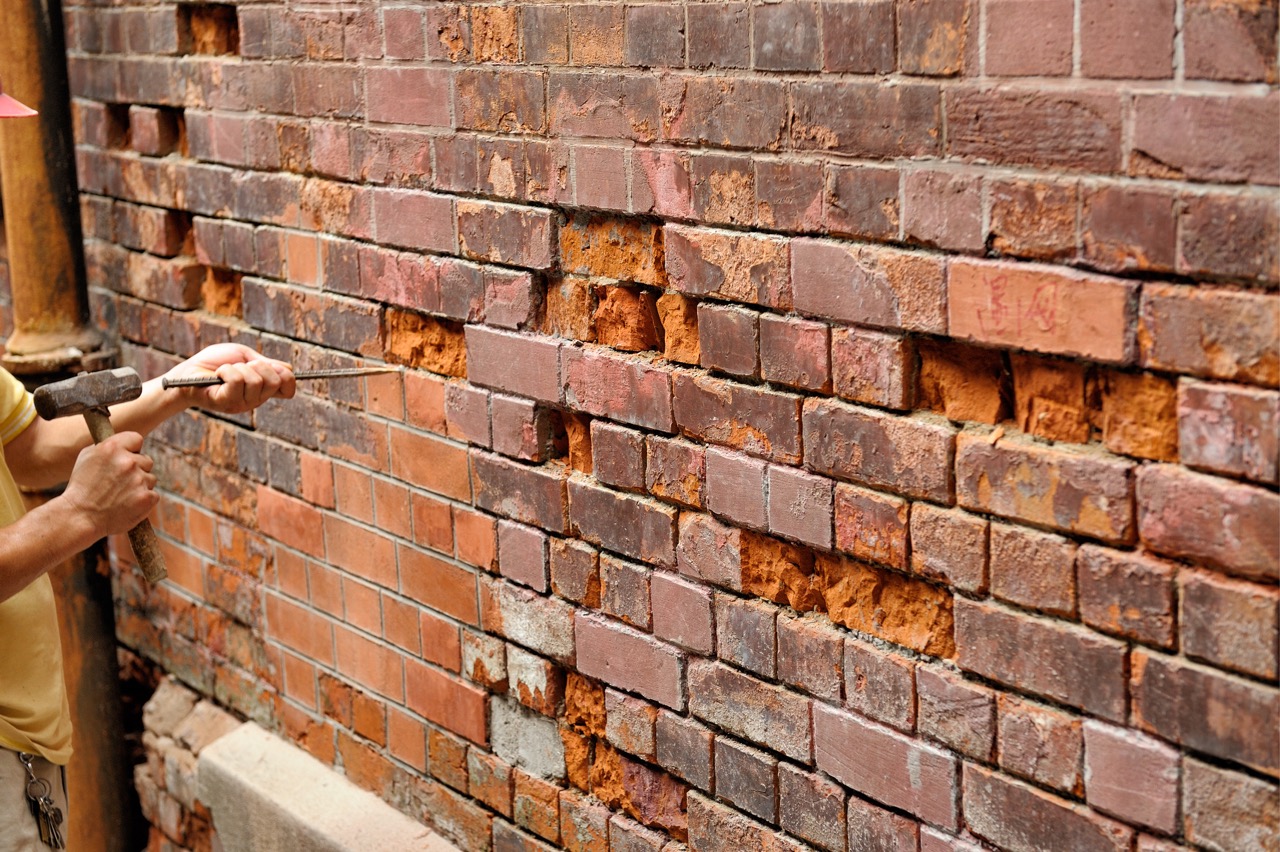Professional Step Repair Services: Ensure Safety and Sturdiness
Professional Step Repair Services: Ensure Safety and Sturdiness
Blog Article
Unlocking the Keys of Lasting Masonry Construction Practices for Eco-Friendly Structures
Among the myriad strategies to environment-friendly building, lasting stonework building stands out as a time-tested and long lasting technique that holds a wide range of untapped potential. From the choice of products to cutting-edge construction strategies, the keys to attaining sustainability within stonework construction are diverse and intriguing.
Advantages of Sustainable Masonry Building
Embracing sustainable stonework building and construction methods not only minimizes environmental impact however also offers long-lasting economic advantages to builders and neighborhoods. By using materials like recycled bricks, obstructs, and rocks, home builders can considerably reduce the carbon footprint of their jobs while advertising resource effectiveness. Furthermore, lasting masonry building techniques, such as appropriate insulation and thermal mass residential properties, can enhance power efficiency within structures, leading to decreased functional costs in time.
Furthermore, the longevity and resilience of masonry frameworks add to long-lasting financial benefits. Buildings constructed using lasting masonry methods commonly need much less upkeep and fixing, translating to cost savings for builders and homeowner. The longevity of stonework products additionally ensures that structures stay steady and protected, decreasing the requirement for regular remodellings or replacements.
Eco-Friendly Masonry Products
Utilizing environment-friendly masonry materials is a crucial action towards boosting the sustainability of construction practices and decreasing environmental effect while optimizing long-lasting financial advantages. Sustainable stonework materials are sourced, generated, and made use of in a fashion that minimizes overall environmental impact. Materials such as recycled blocks, redeemed stone, and sustainable concrete blocks are ending up being increasingly prominent options for eco-conscious home builders. Recycled bricks, as an example, not only draw away waste from garbage dumps however also require less energy to create compared to new blocks. Recovered stone uses an unique visual charm while minimizing the requirement for new quarrying. Lasting concrete obstructs incorporate recycled accumulations and might feature improved insulation buildings, adding to energy efficiency in structures.
In addition, all-natural materials like adobe, rammed earth, and straw bundles provide exceptional thermal mass homes, lowering the requirement for home heating and cooling energy. These products are frequently in your area readily available, promoting local economies and decreasing transportation-related carbon exhausts. By selecting environment-friendly masonry materials, building and construction projects can substantially reduce their environmental footprint and add to the production of much healthier, much more lasting constructed environments.
Energy-Efficient Stonework Strategies
Power performance plays a crucial role in enhancing the sustainability of stonework building and construction techniques. One key energy-efficient stonework method is the use of thermal mass, which involves incorporating dense products like concrete or block right into the structure's structure to soak up and save warmth.

Innovations in Lasting Masonry
Recent innovations in lasting masonry techniques have caused innovative techniques that are reshaping the building and construction industry. One such advancement is the advancement of self-healing concrete, which makes use Find Out More of bacteria embedded within the concrete to recover splits autonomously. This breakthrough not only lowers upkeep costs but likewise improves the durability of masonry structures, adding to their sustainability.
An additional notable navigate here development is using recycled accumulations in masonry building - masonry contractor. By including products such as smashed ceramic waste or recycled glass into concrete mixes, home builders can lower the ecological influence of construction jobs while keeping architectural honesty. This technique not just draws away waste from land fills yet also conserves all-natural sources, making it a key advancement in sustainable masonry construction
Furthermore, the integration of digital design devices, such as Structure Details Modeling (BIM), is changing the means stonework frameworks are prepared and built. BIM allows for more precise estimations, minimized material waste, and improved energy performance, inevitably causing even more sustainable structure her response methods. These advancements collectively represent a promising future for lasting masonry construction in the era of environmentally friendly buildings.
Future Trends in Stonework Sustainability
With the cutting-edge strides made in sustainable stonework techniques, the future patterns in masonry sustainability are positioned to more reinvent the construction industry. One of the essential trends forming the future of masonry sustainability is the increased assimilation of innovation. Advancements such as Structure Information Modeling (BIM) and online truth simulations are being utilized to maximize masonry building and construction processes, resulting in lowered material waste and boosted power efficiency in structures.
Moreover, the development of unique sustainable products is readied to play a substantial function in boosting the eco-friendliness of masonry building. masonry contractor. Developments like self-healing concrete, recycled accumulations, and bio-based binders are acquiring grip for their ability to decrease environmental influence while maintaining structural honesty

Conclusion
In conclusion, sustainable masonry construction practices offer countless advantages for eco-friendly buildings. By making use of green products and energy-efficient strategies, stonework can add to a much more sustainable developed atmosphere. Advancements in sustainable masonry are continuously being created to better boost the ecological performance of buildings. Looking in the direction of the future, the pattern of masonry sustainability is anticipated to expand, causing more eco friendly and energy-efficient building practices in the years ahead.
Report this page